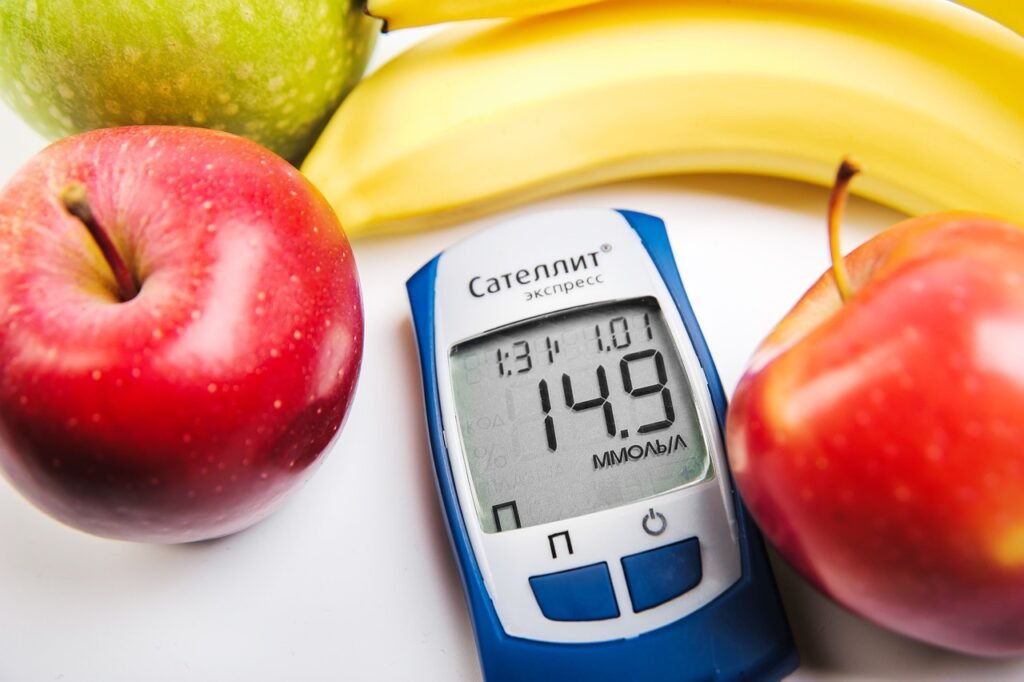Now you be thinking What diet I consume to control diabetes. Managing diabetes through diet involves making healthy food choices that help control blood sugar levels. Here are some types of foods and specific recommendations that can help manage diabetes effectively:
Table of Contents
Foods can consume to control diabetes:
Non-Starchy Vegetables:
Examples: Spinach, kale, broccoli, cauliflower, peppers, and cucumbers.
Benefits: Low in calories and carbohydrates, high in fiber, vitamins, and minerals.

Whole Grains:
Examples: Brown rice, quinoa, whole oats, barley, and whole wheat.
Benefits: High in fiber, which helps regulate blood sugar levels.

Lean Proteins:
Examples: Chicken, turkey, fish, tofu, beans, and legumes.
Benefits: Helps maintain muscle mass and keeps you full without spiking blood sugar.

Healthy Fats:
Examples: Avocados, nuts, seeds, olive oil, and fatty fish like salmon.
Benefits: Helps reduce inflammation and supports heart health.
Fruits (in moderation):
Examples: Berries (strawberries, blueberries, raspberries), apples, pears, and citrus fruits.
Benefits: Provides essential vitamins, minerals, and fiber. Choose fruits with lower glycemic index.

Low-Fat Dairy:
Examples: Greek yogurt, skim milk, and low-fat cheese.
Benefits: Provides calcium and protein. Choose unsweetened or low-sugar options.
Specific Food Recommendations
High-Fiber Foods:
Oats: Rich in soluble fiber, which can help control blood sugar.
Legumes: Beans, lentils, and chickpeas are excellent sources of protein and fiber.
Healthy Snacks:
Nuts and Seeds: Almonds, walnuts, chia seeds, and flaxseeds are good options.
Vegetable Sticks with Hummus: A low-calorie, nutritious snack.
Whole Foods:
Quinoa: A whole grain that is high in protein and fiber.
Sweet Potatoes: Lower glycemic index than regular potatoes and rich in vitamins.
Fermented Foods:
Yogurt and Kefir: Contain probiotics that can improve gut health.
Sauerkraut and Kimchi: Fermented vegetables that are low in carbs and high in beneficial bacteria.
Foods to Limit or Avoid
Sugary Foods and Drinks:
Sodas and Sweetened Beverages: High in added sugars and can cause blood sugar spikes.
Sweets and Desserts: Cookies, cakes, and candies should be consumed sparingly.
Refined Carbohydrates:
White Bread and Pasta opts for whole-grain versions instead.
Pastries and Baked Goods: Often high in sugar and refined flour.
Trans Fats and Saturated Fats:
Fried Foods: Avoid deep-fried foods and opt for baked or grilled options.
Processed Meats: Limit consumption of sausages, bacon, and deli meats.
High-Sodium Foods:
Processed and Packaged Foods: Often contain high levels of sodium, which can affect blood pressure and overall health.
Sample Meal Plan
Breakfast:
Greek yogurt with fresh berries and a sprinkle of chia seeds.
Whole grain toast with avocado and a poached egg.
Lunch:
Grilled chicken salad with mixed greens, cherry tomatoes, cucumbers, and a drizzle of olive oil and lemon dressing.
Quinoa salad with black beans, corn, bell peppers, and cilantro.
Dinner:
Baked salmon with a side of roasted sweet potatoes and steamed broccoli.
Stir-fried tofu with mixed vegetables served over brown rice.
Snacks:
A handful of almonds or walnuts.
Sliced apple with a small amount of peanut butter.
Carrot sticks with hummus.
Psychological Aspects
Living with diabetes involves more than just managing physical health. It also has emotional and psychological aspects. It’s common to feel overwhelmed, anxious, or even depressed. Here are some tips to help you navigate these feelings:
1. Educate Yourself
Knowledge is power. Learn as much as you can about diabetes. Understanding the condition and how food affects your blood sugar can help you make informed decisions and feel more in control.
2. Find Support
Don’t go through this journey alone. Seek support from friends, family, or support groups. Connecting with others who understand what you’re going through can provide comfort and encouragement.
3. Practice Self-Compassion
Be kind to yourself. Managing diabetes is challenging, and there will be ups and downs. Celebrate your successes and don’t be too hard on yourself when things don’t go perfectly.
4. Set Realistic Goals
Set achievable goals for your diet and health. Small, gradual changes are more sustainable and less overwhelming. Over time, these small steps can lead to significant improvements.


